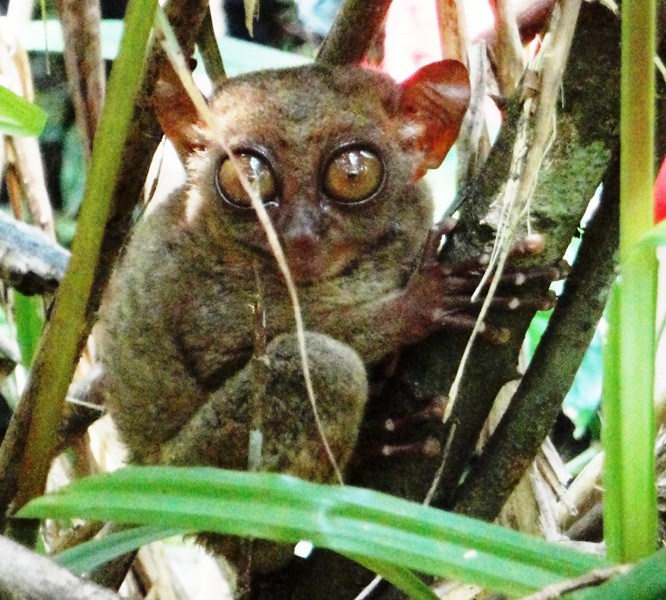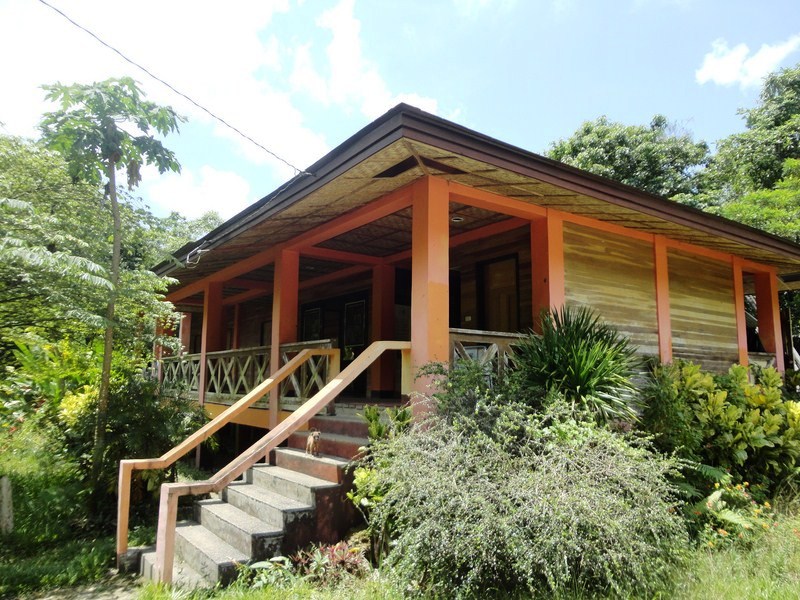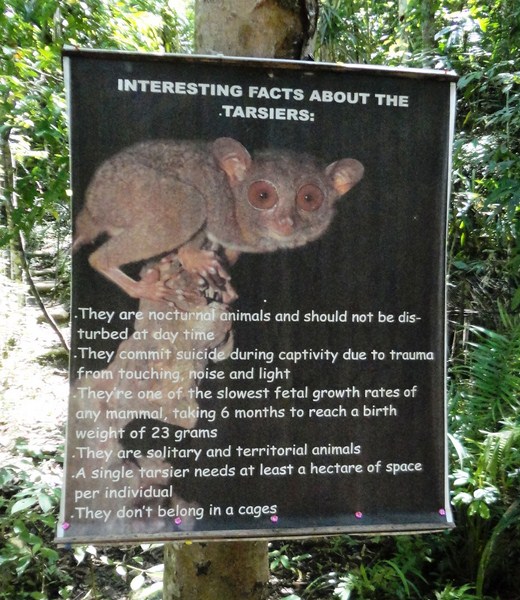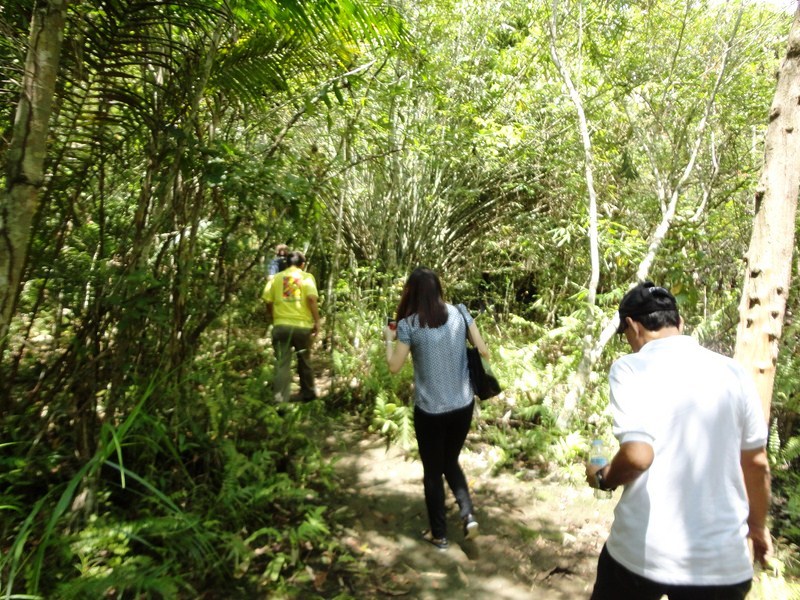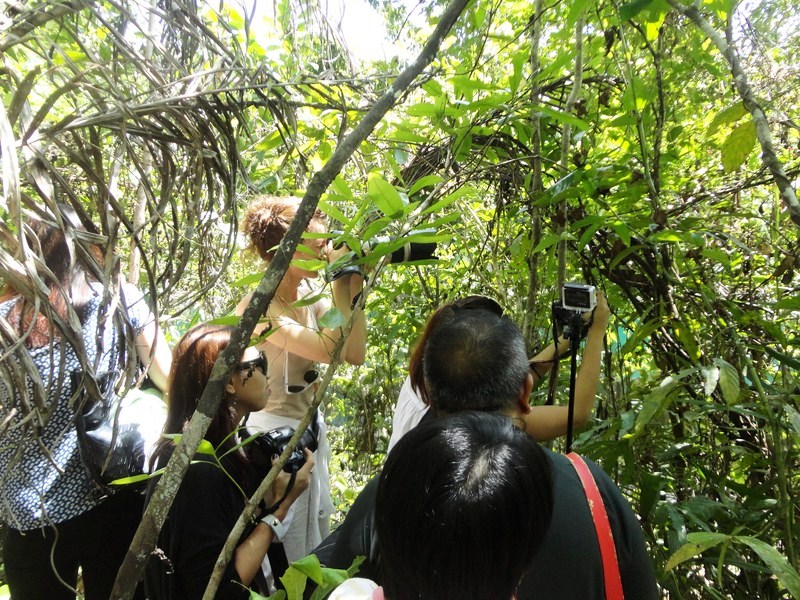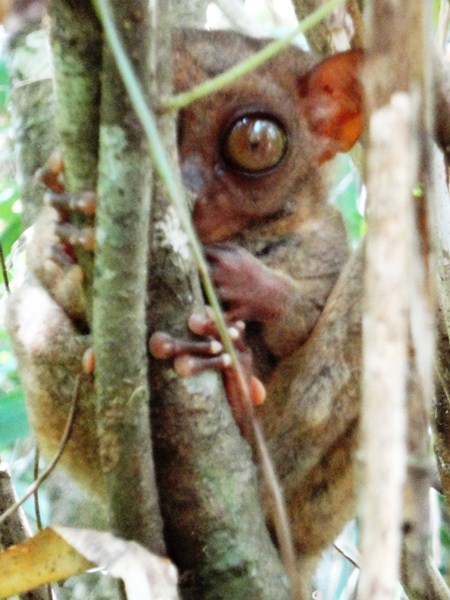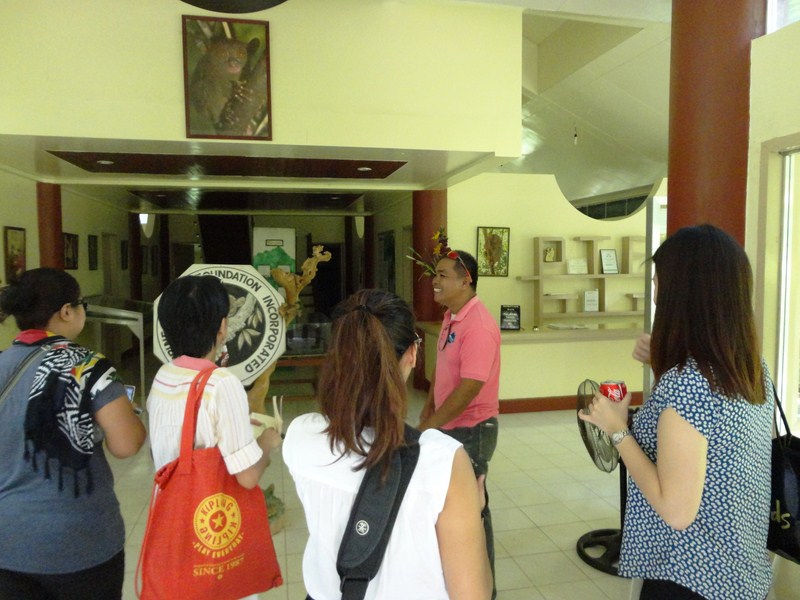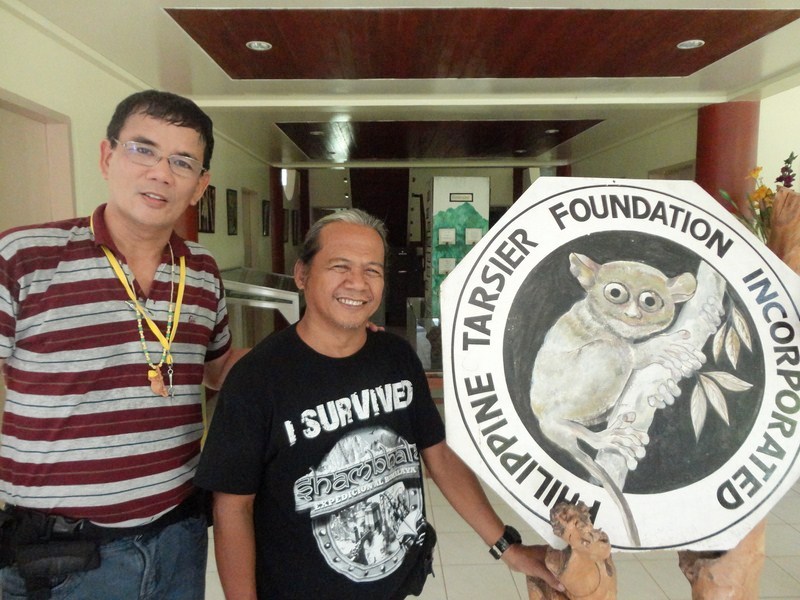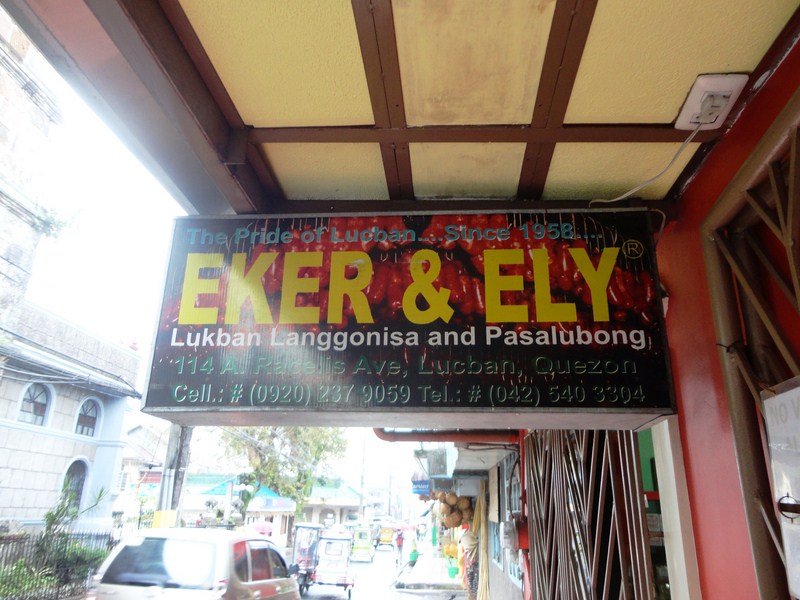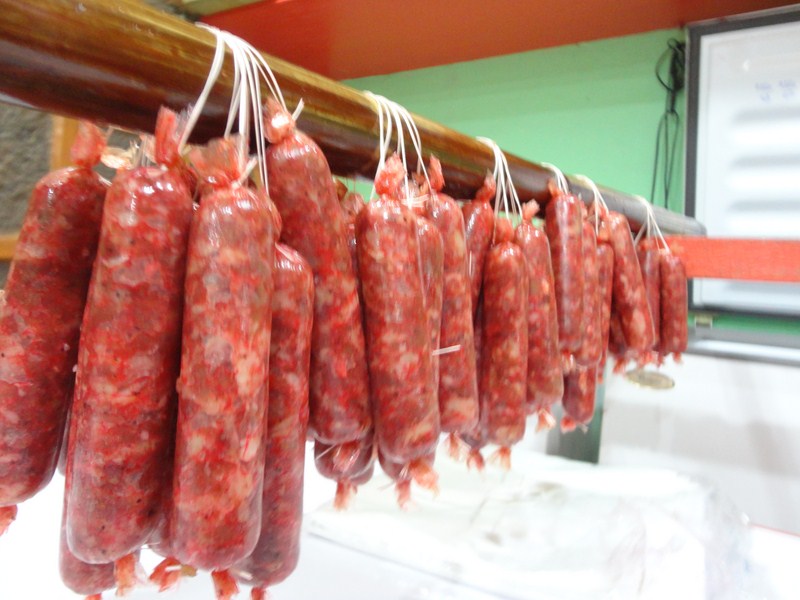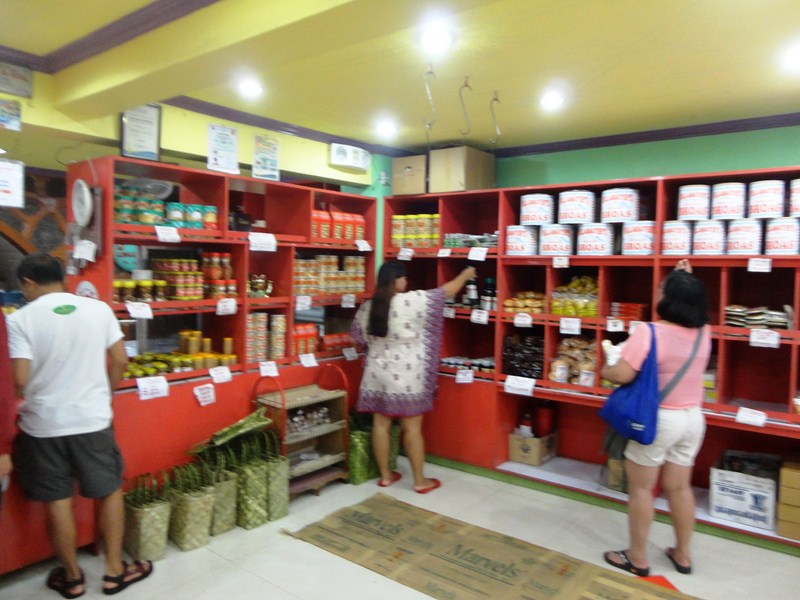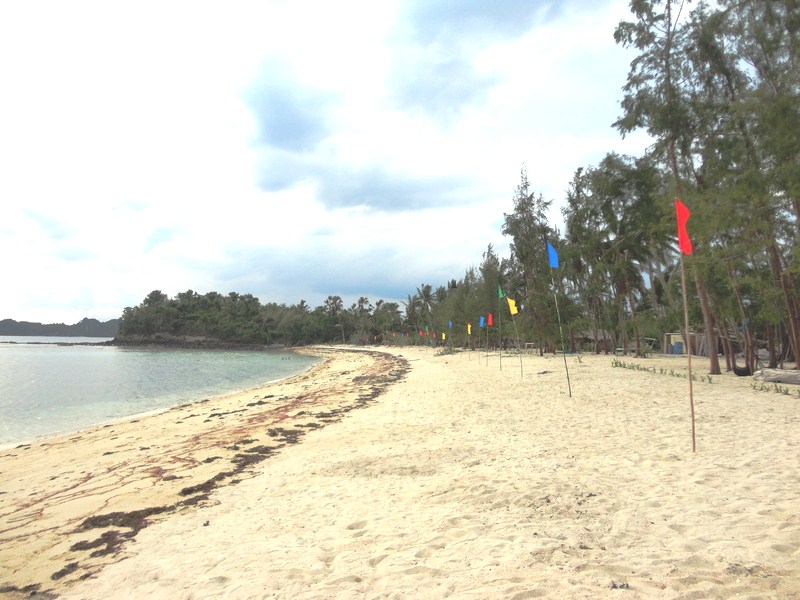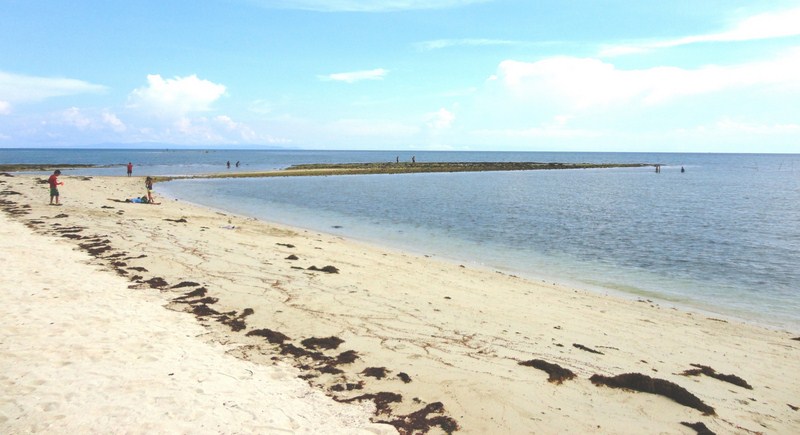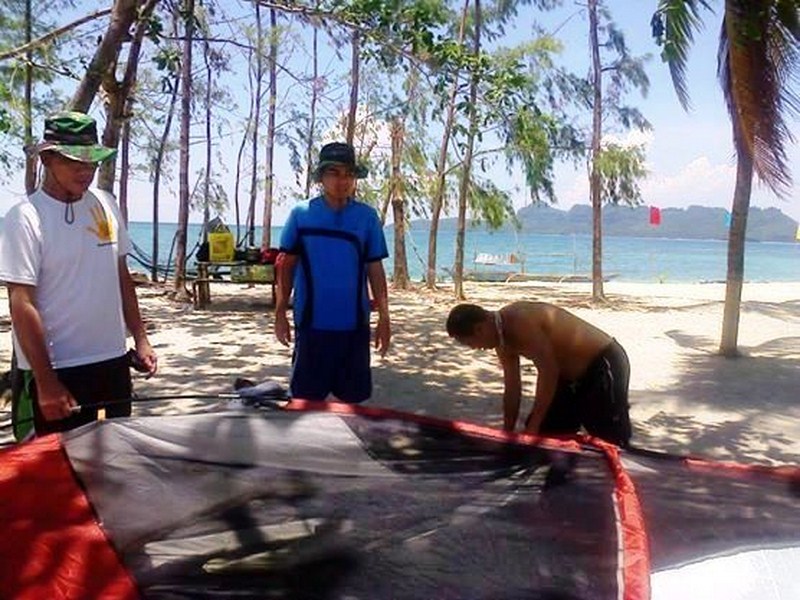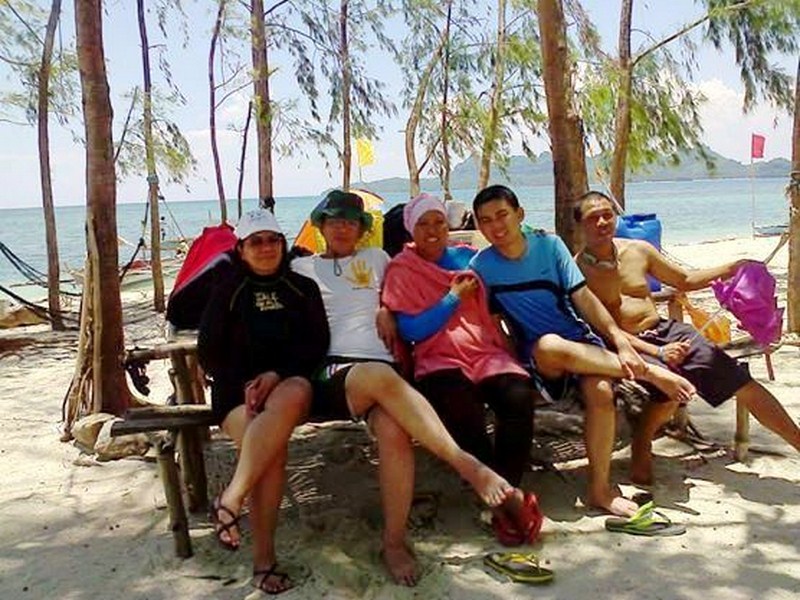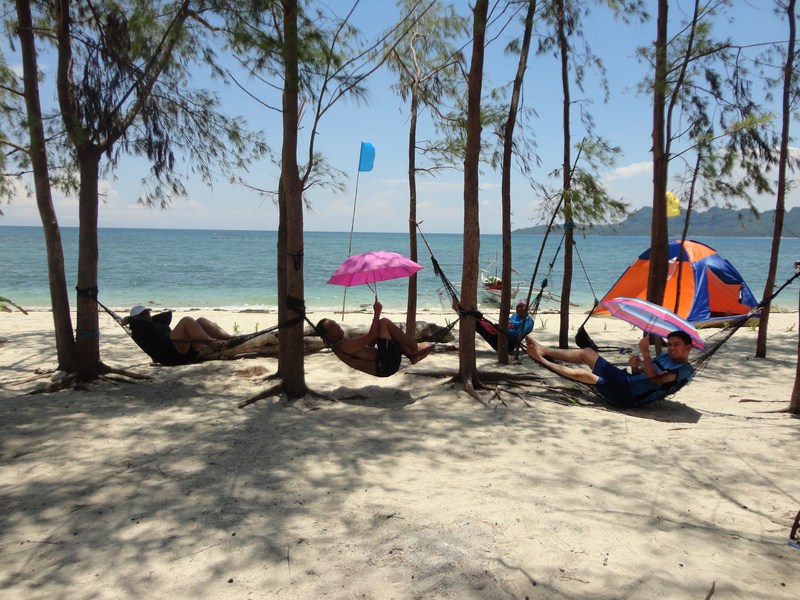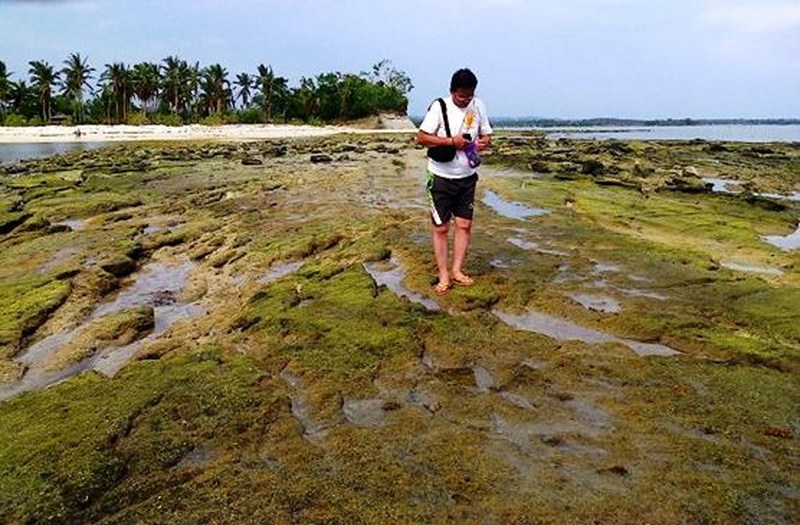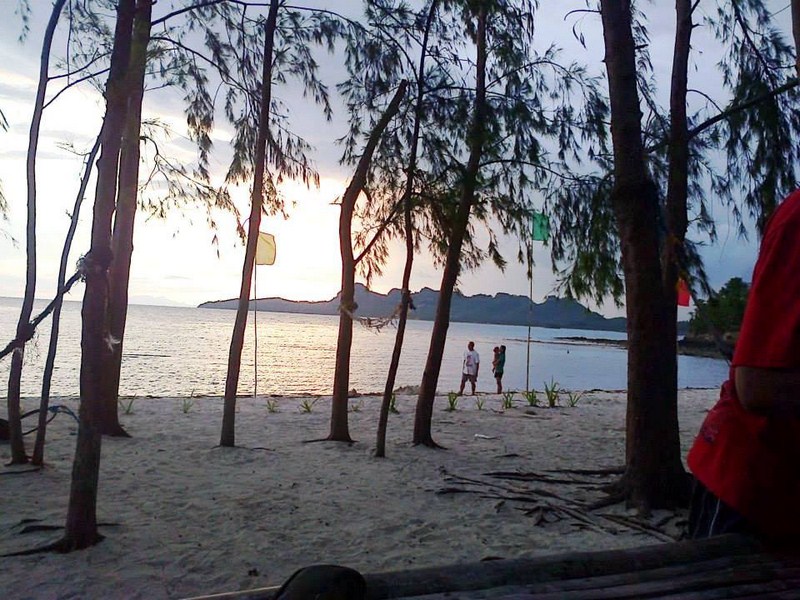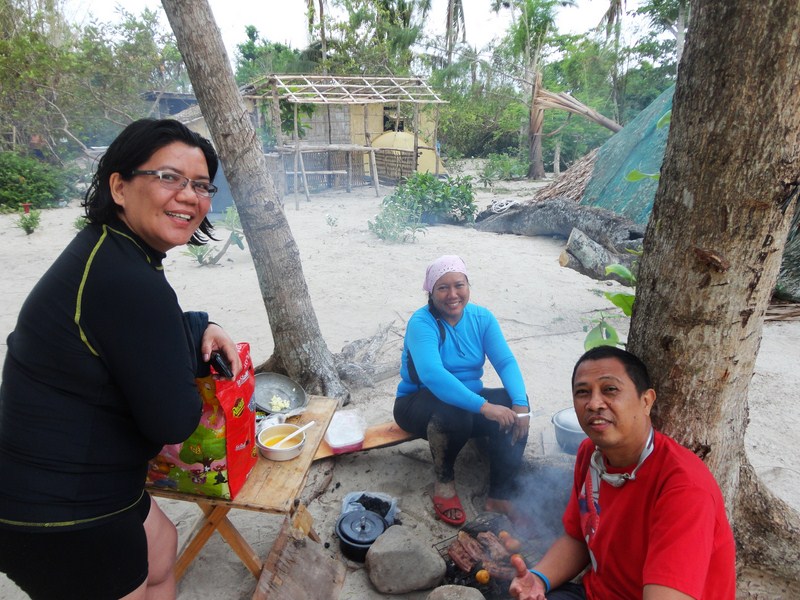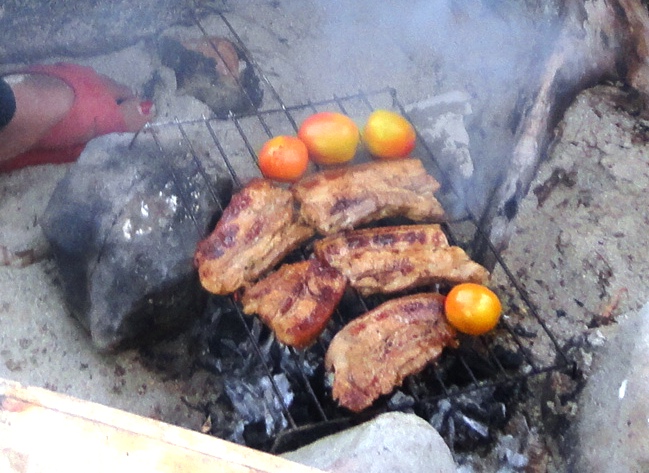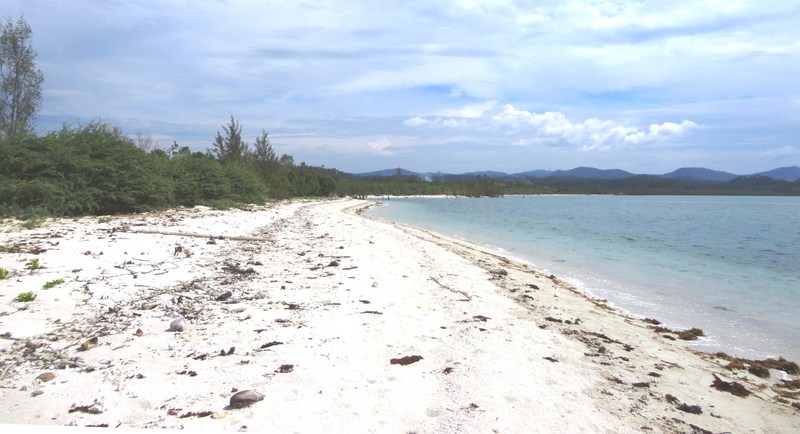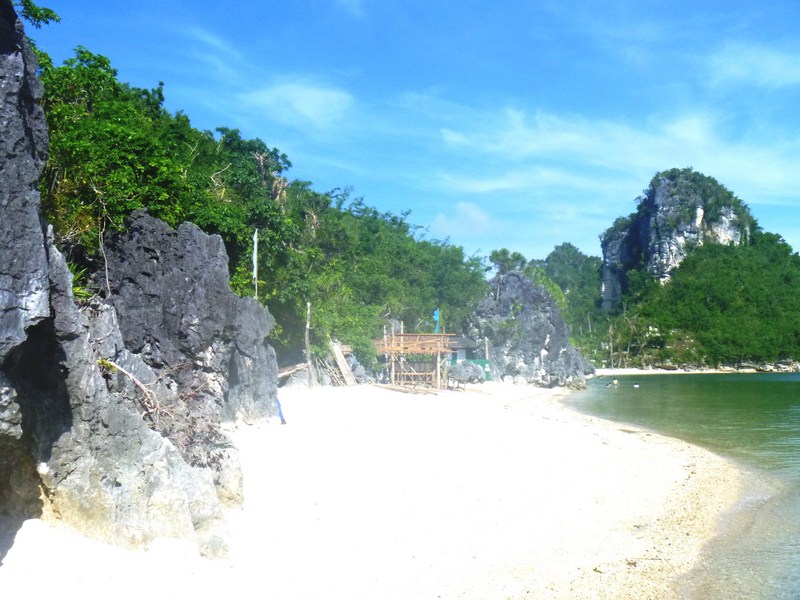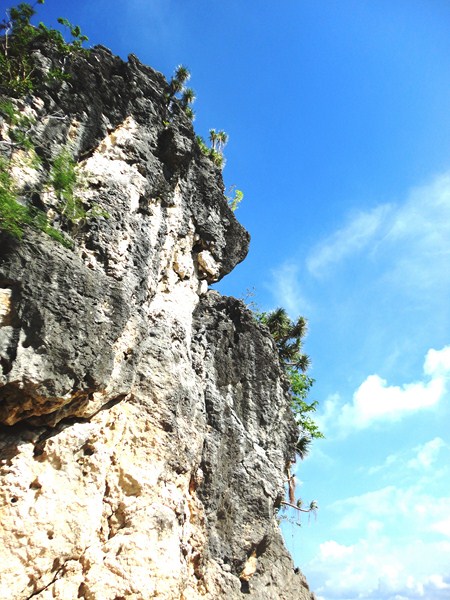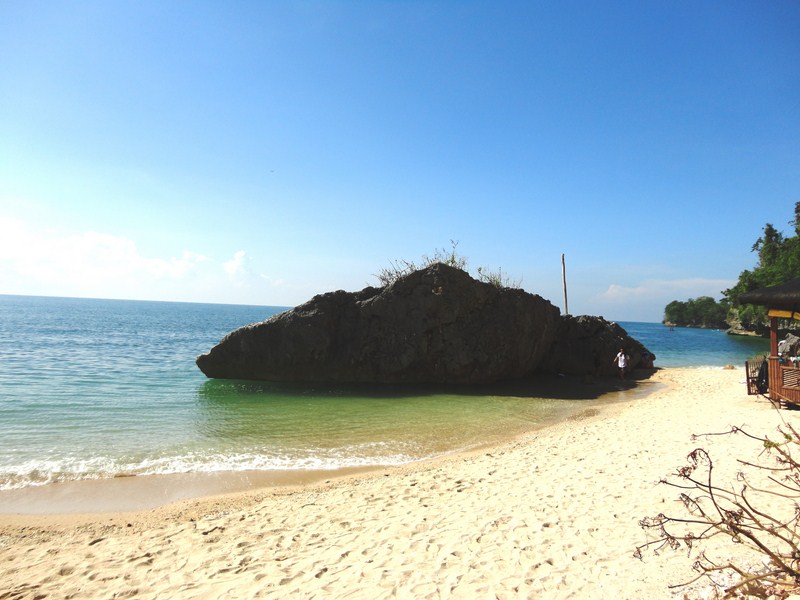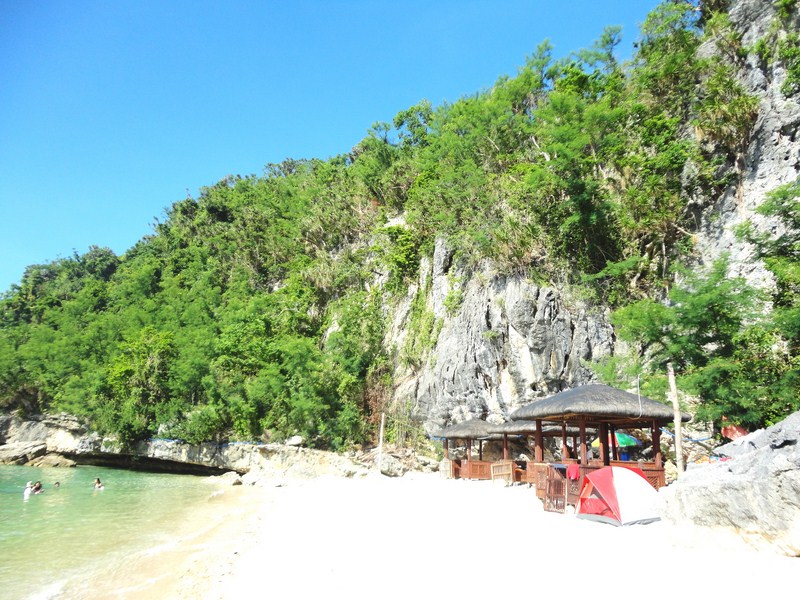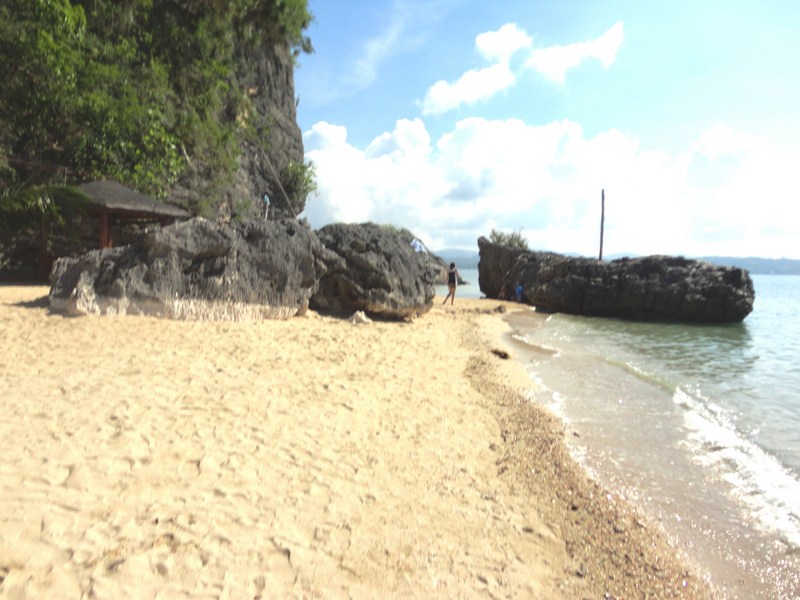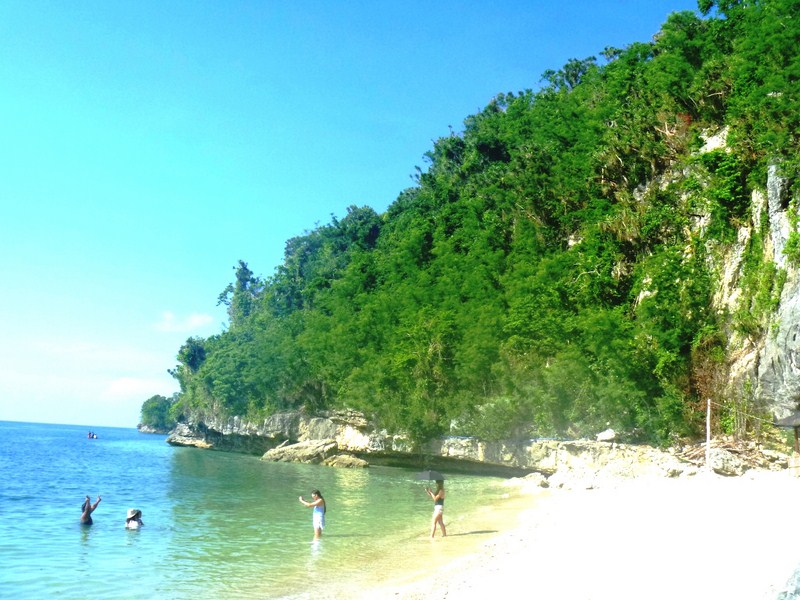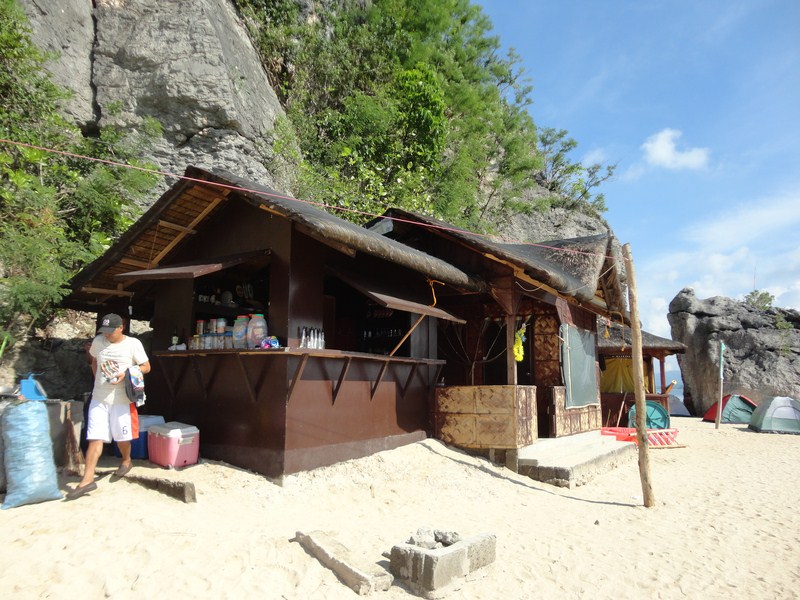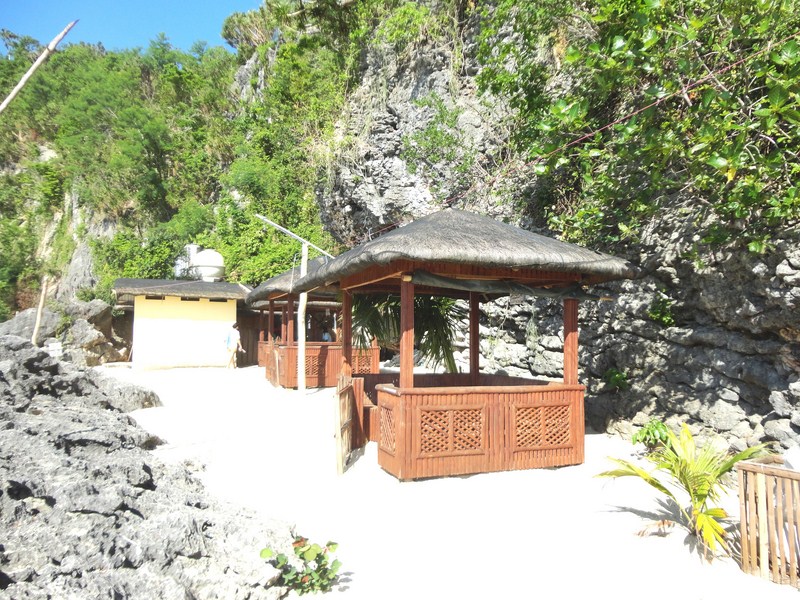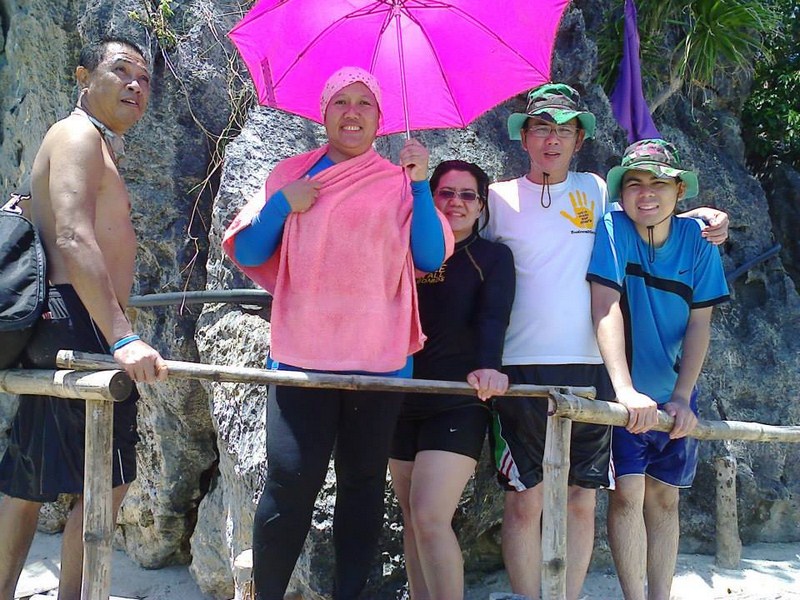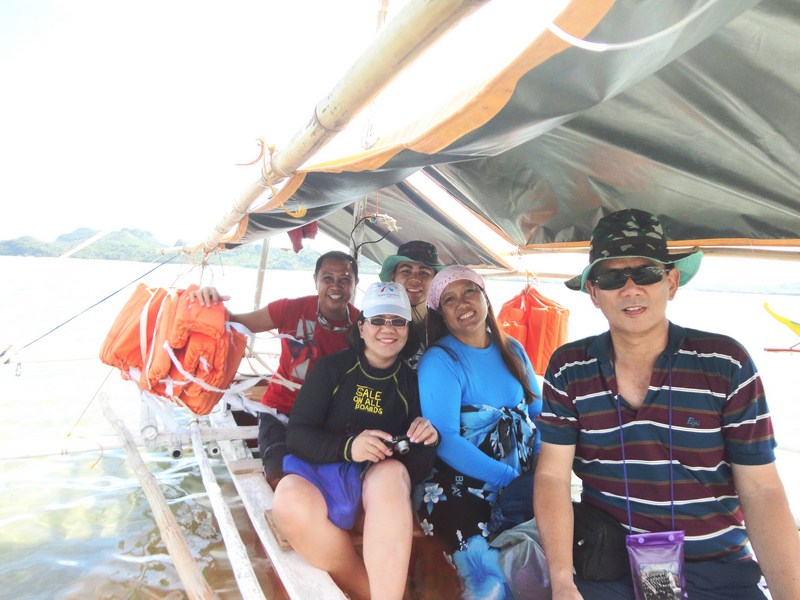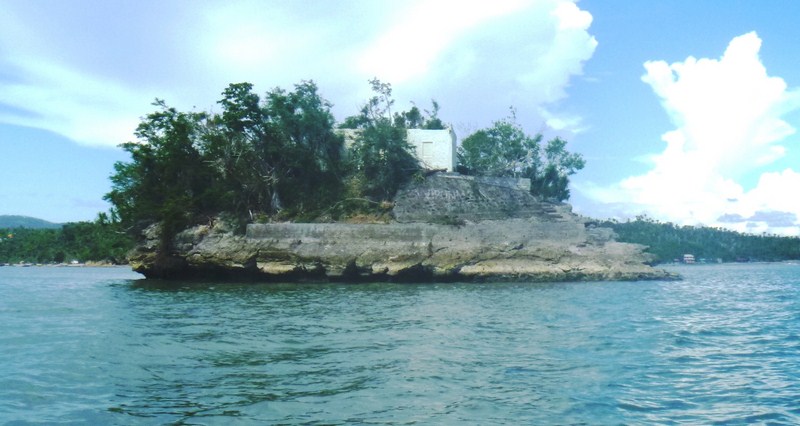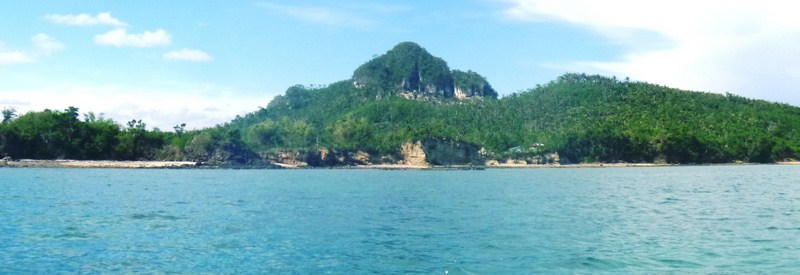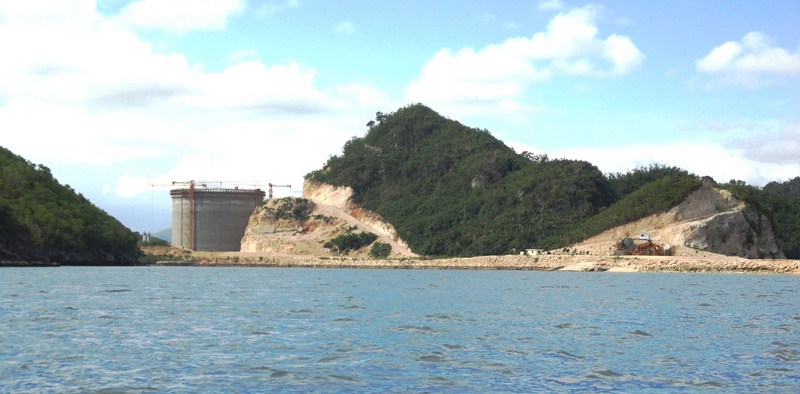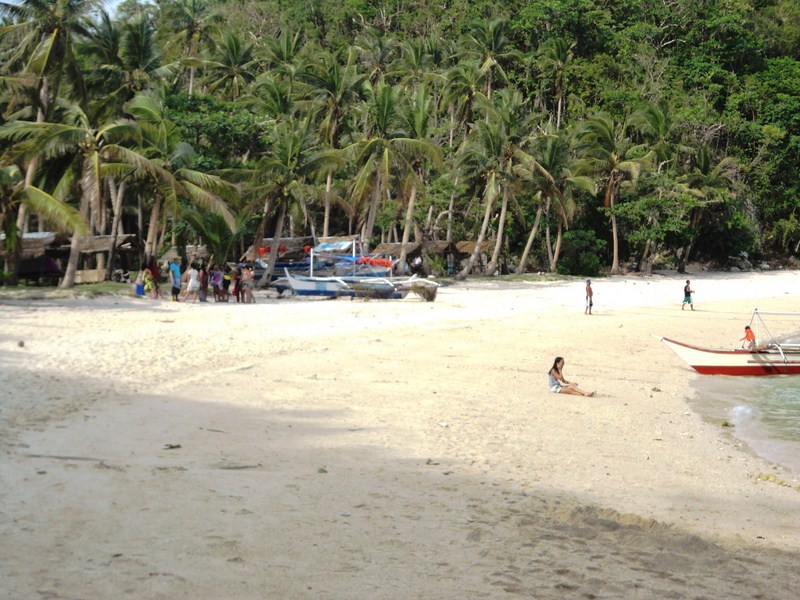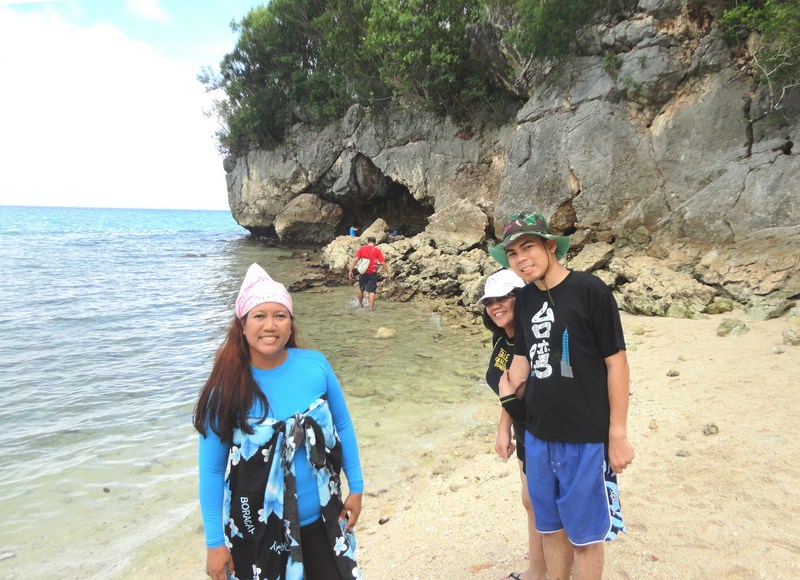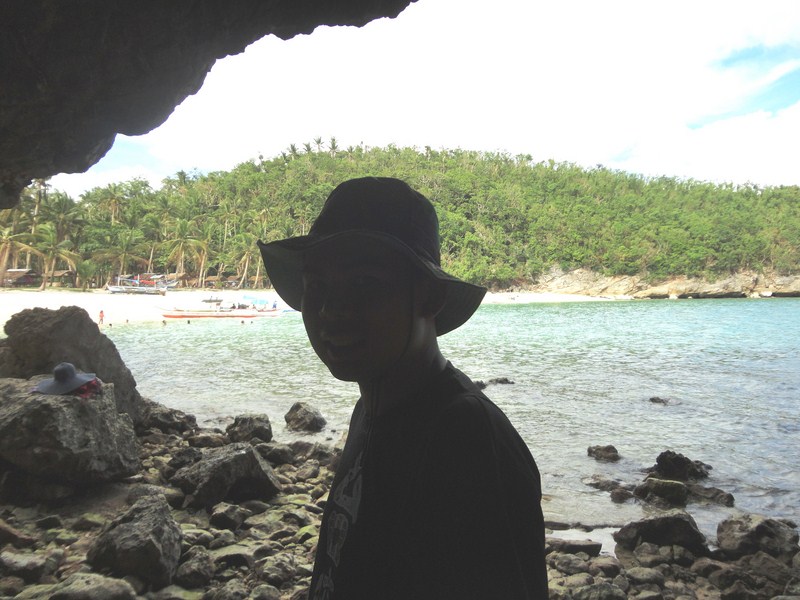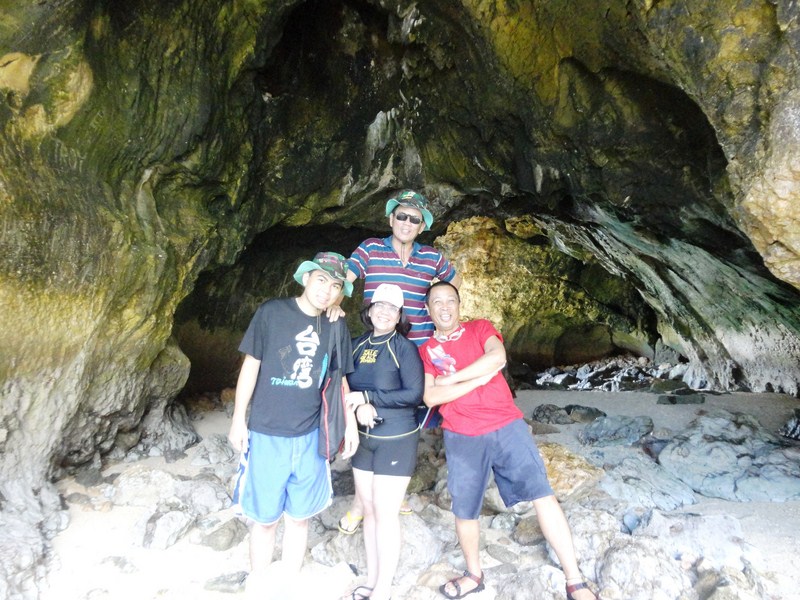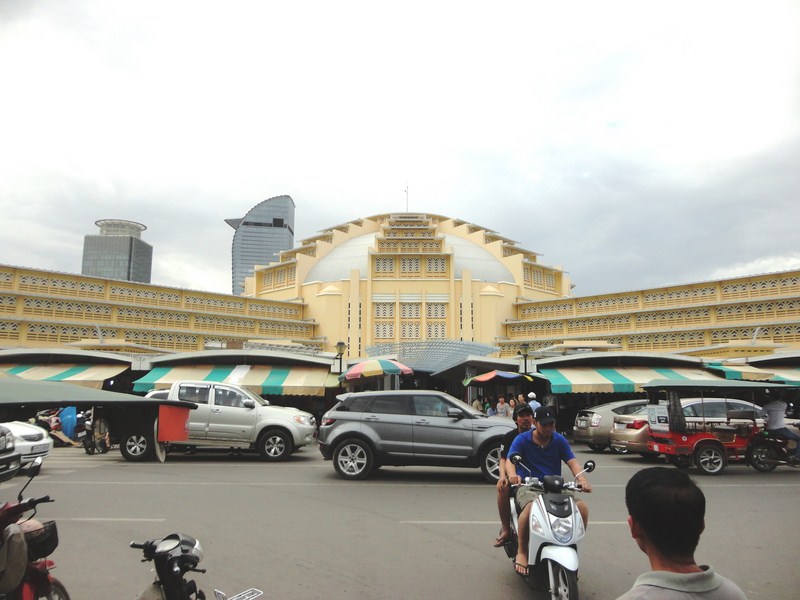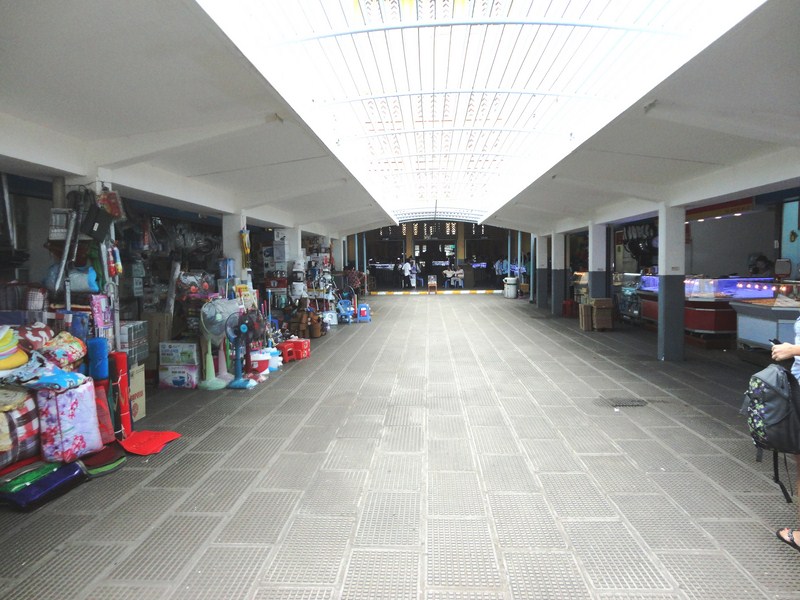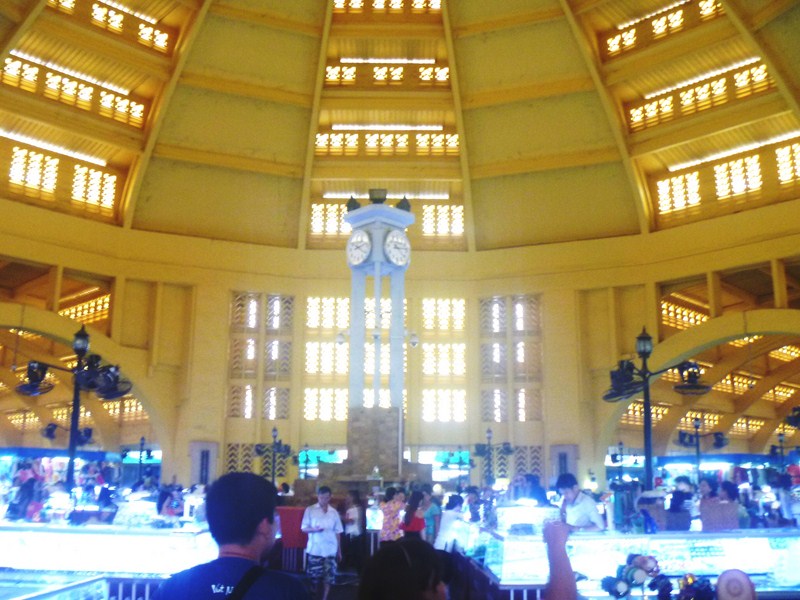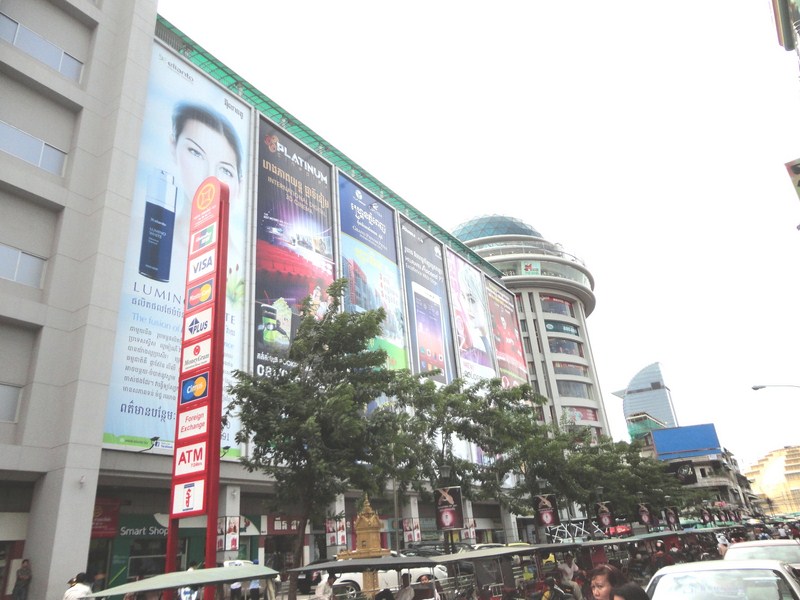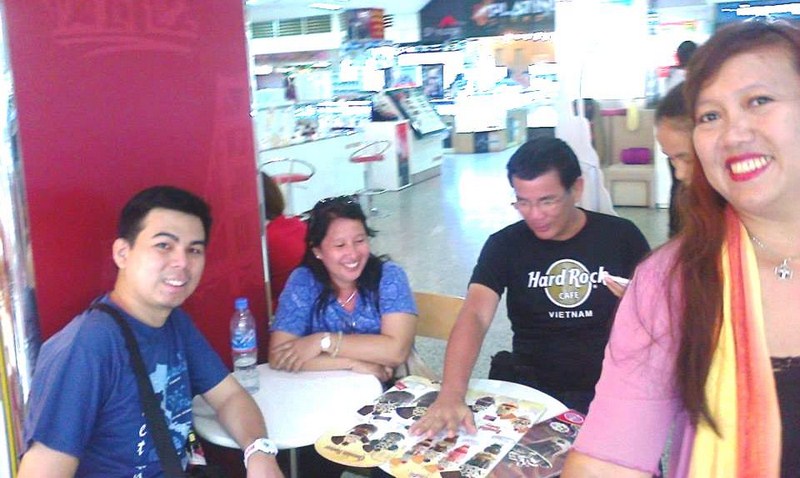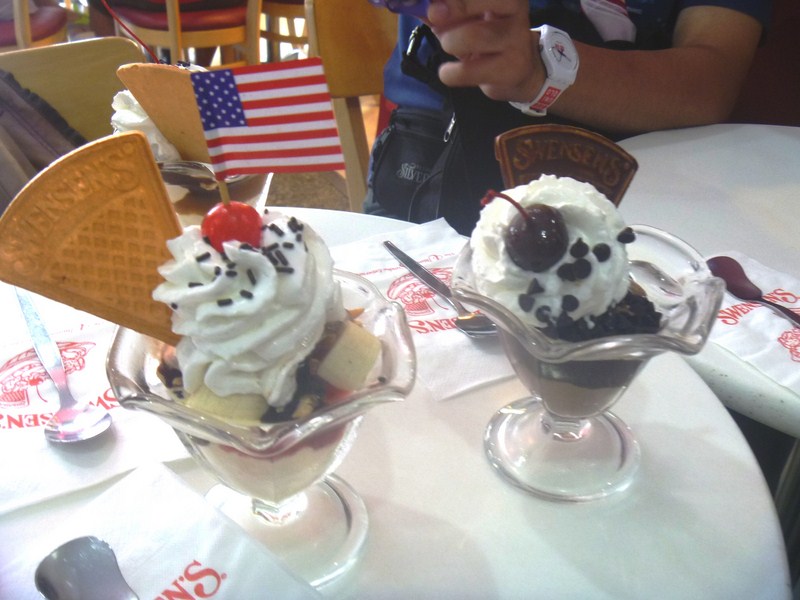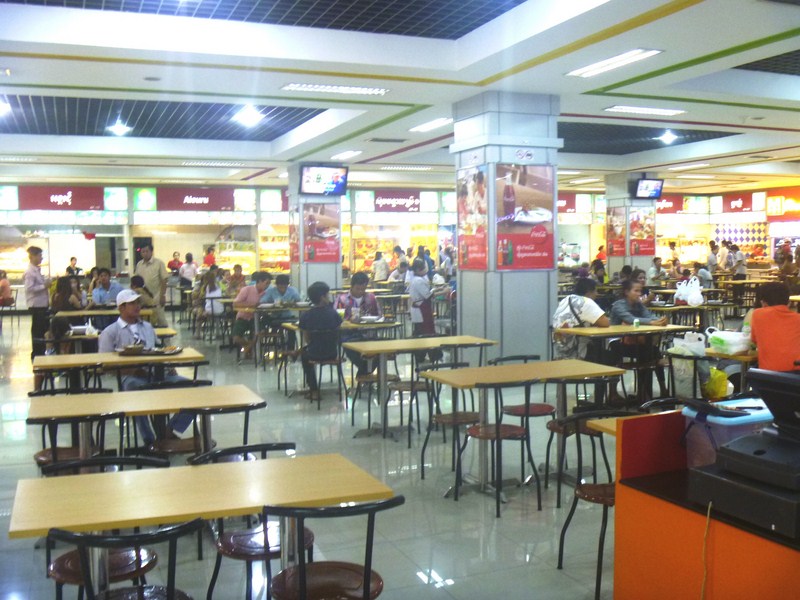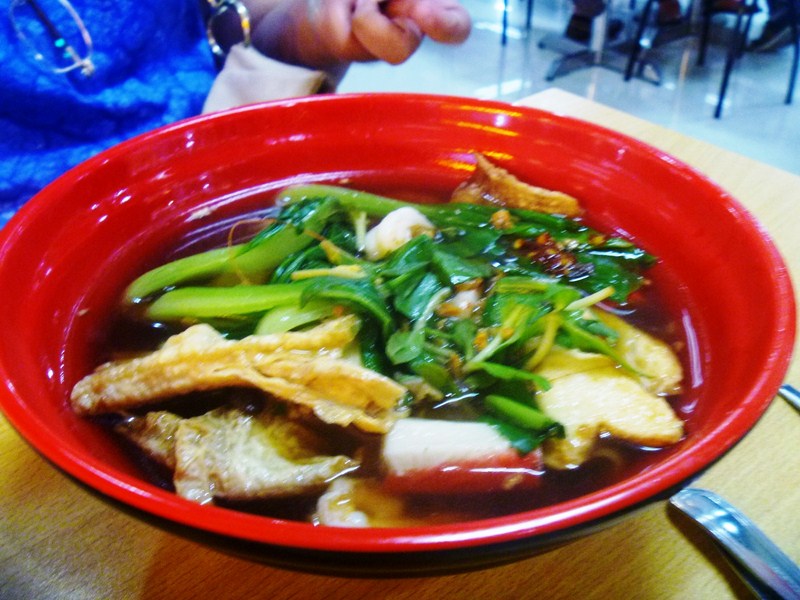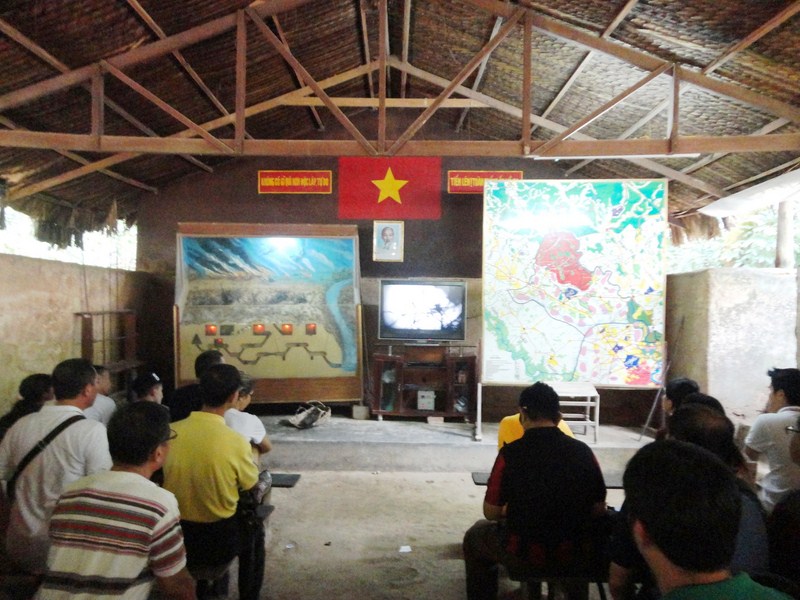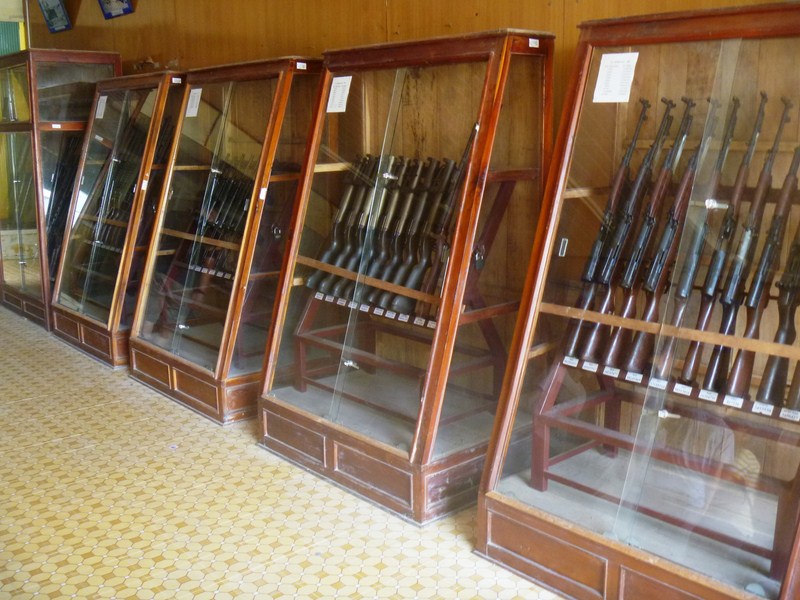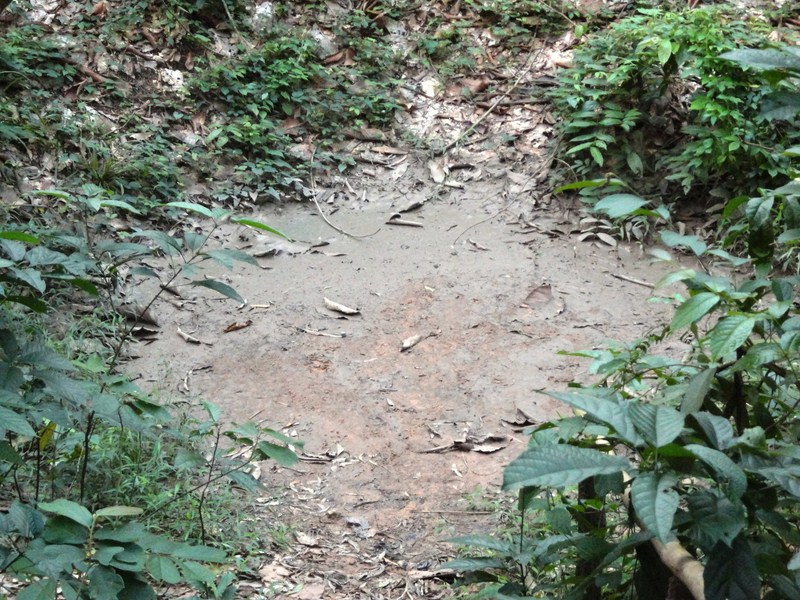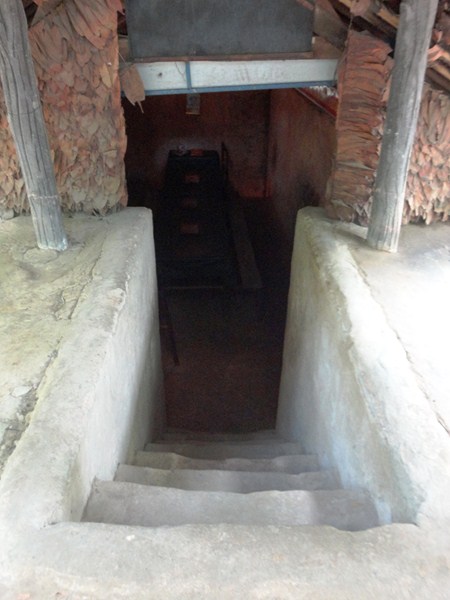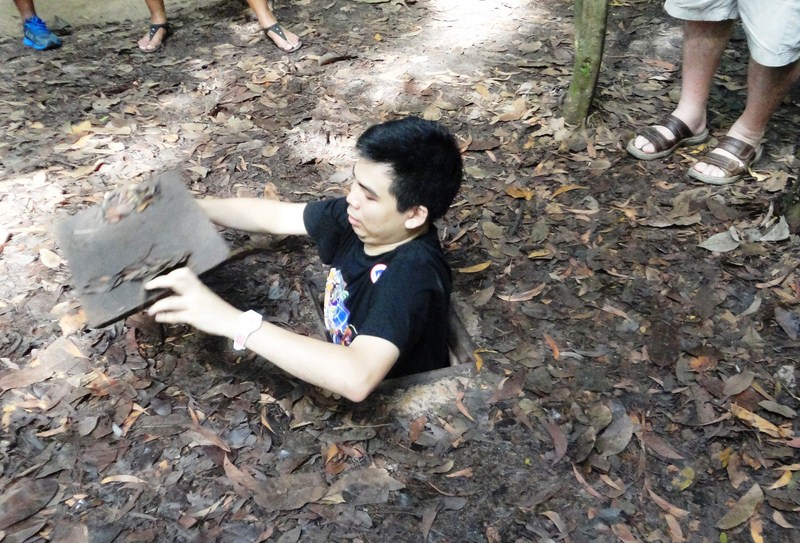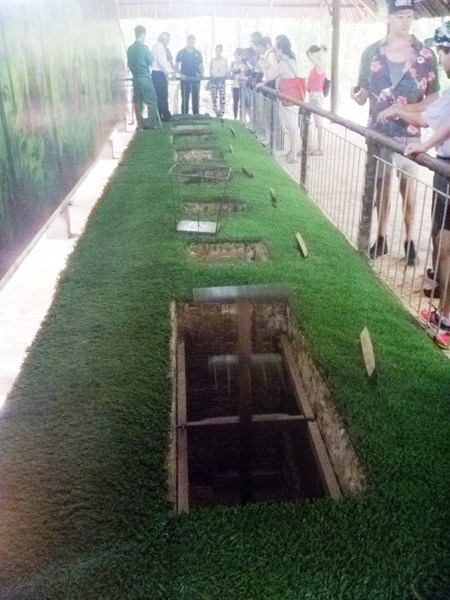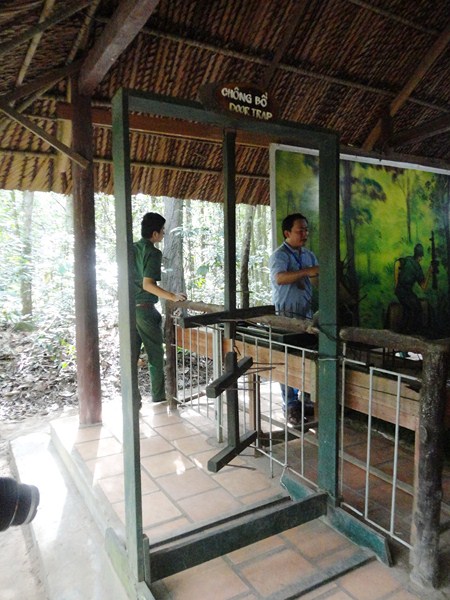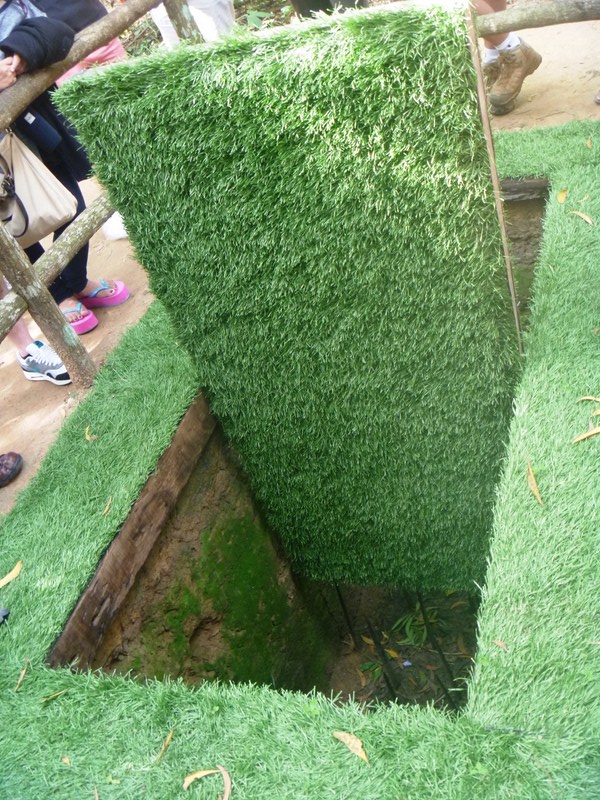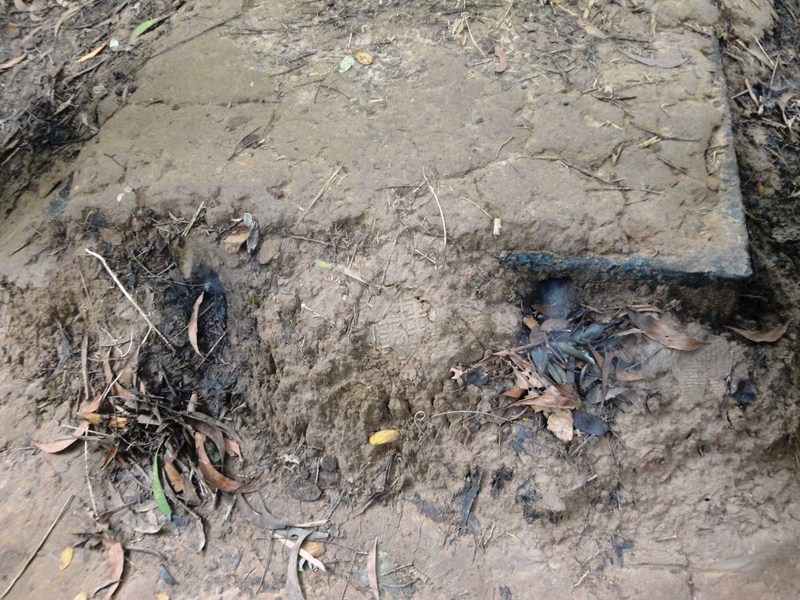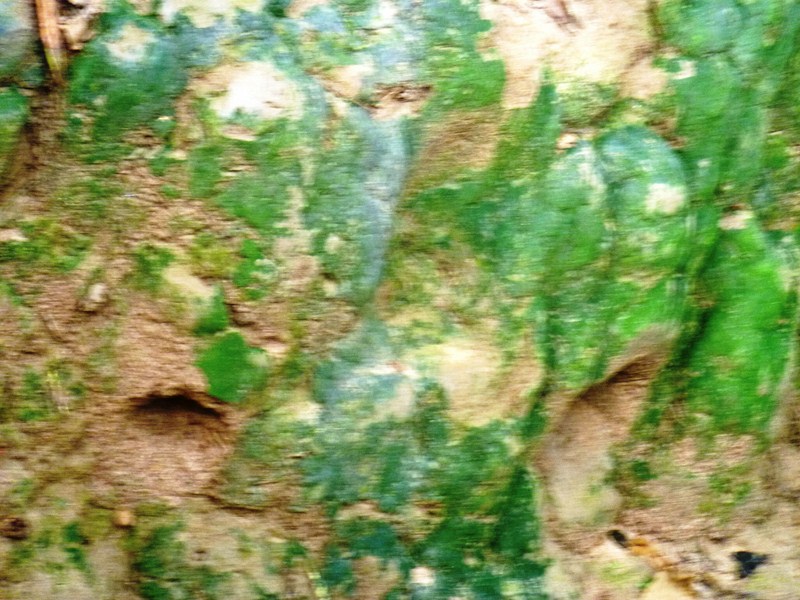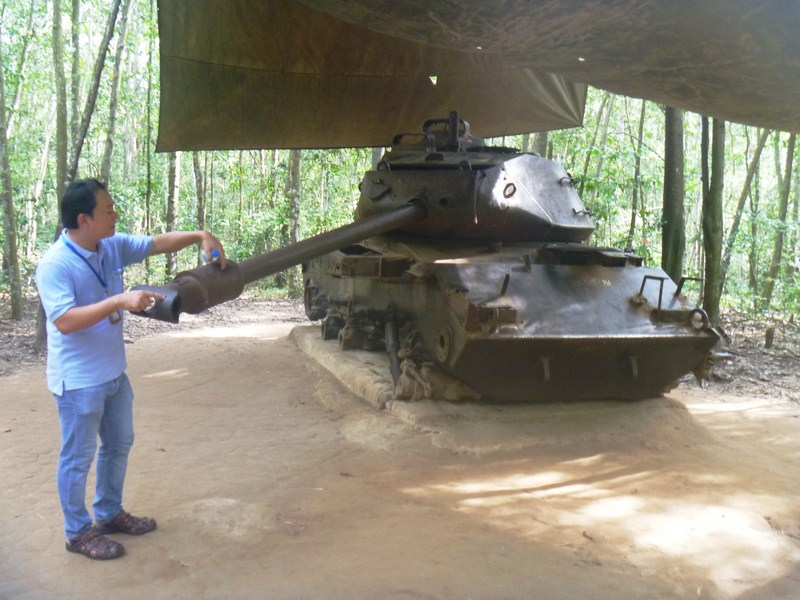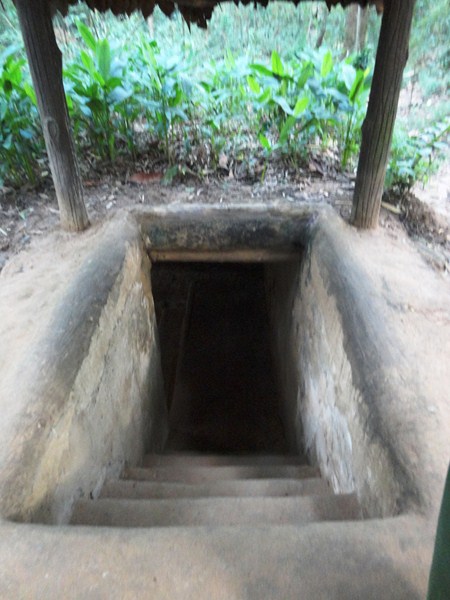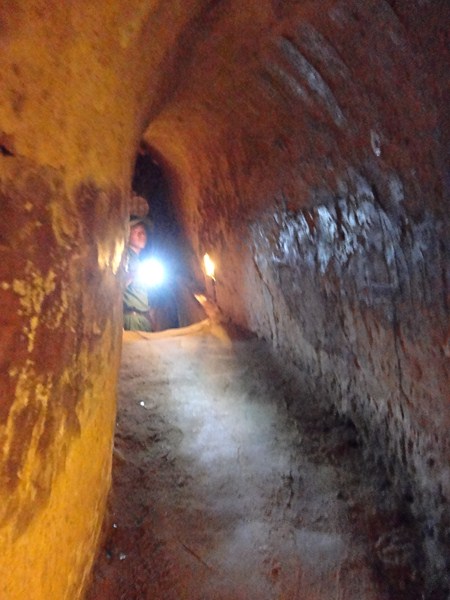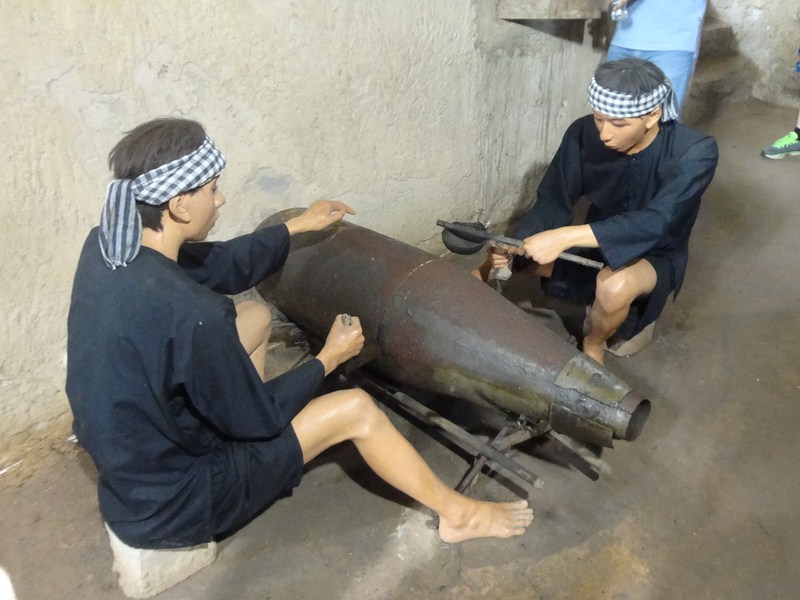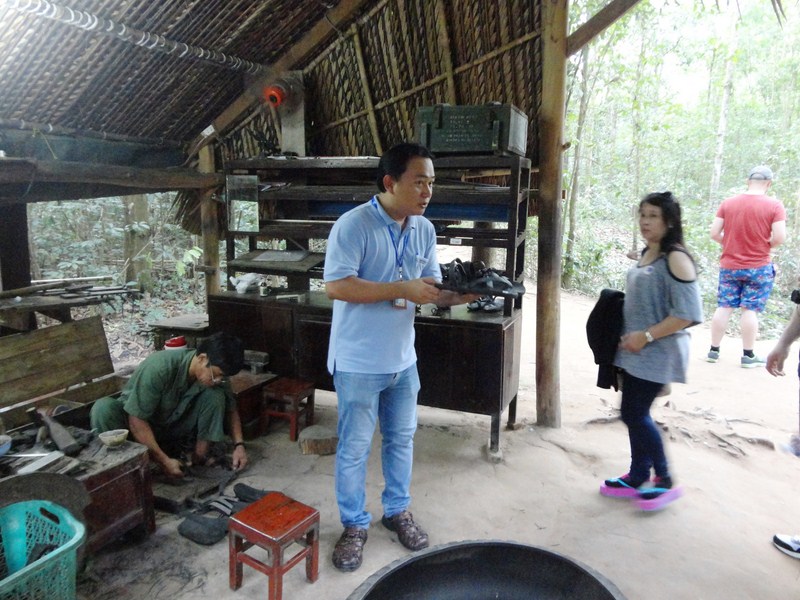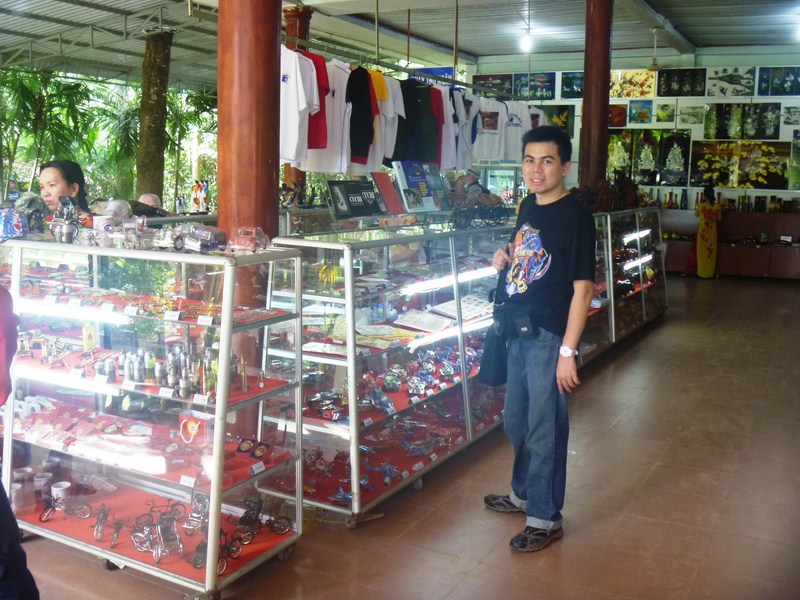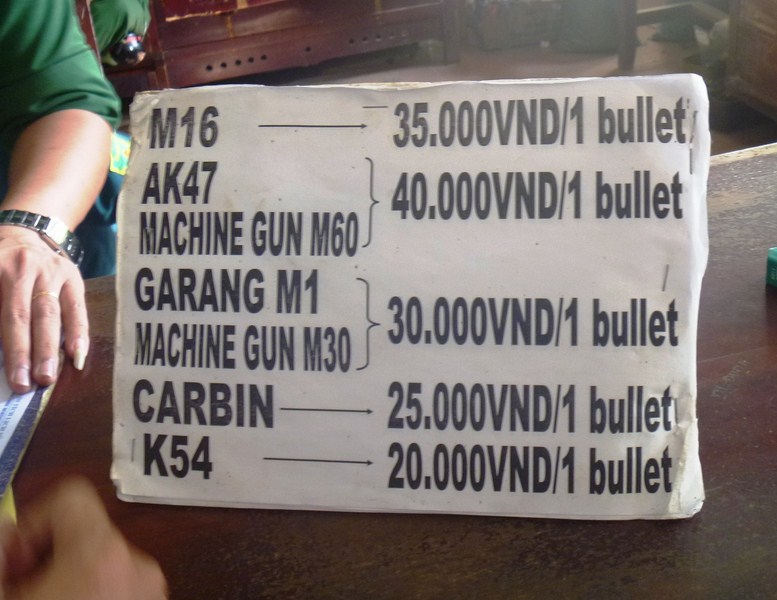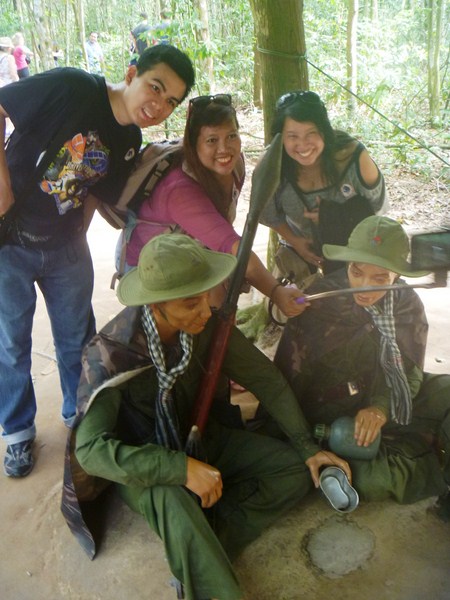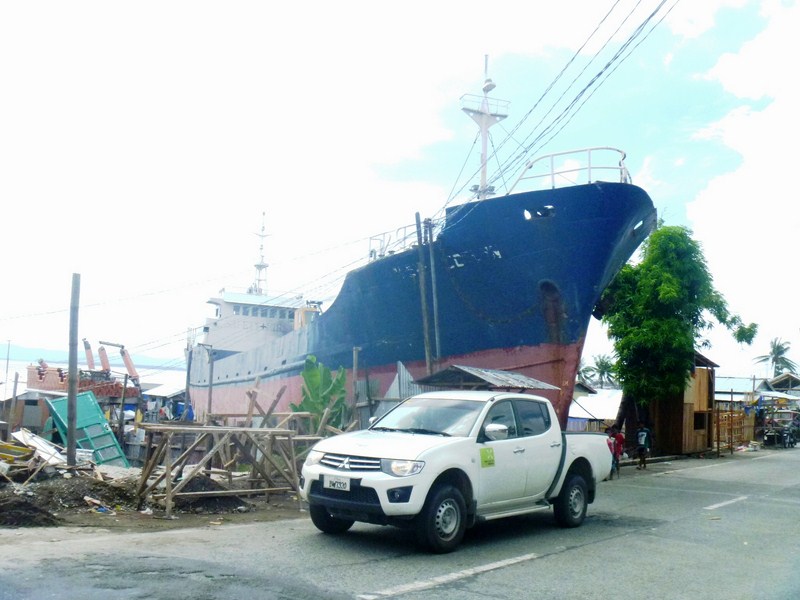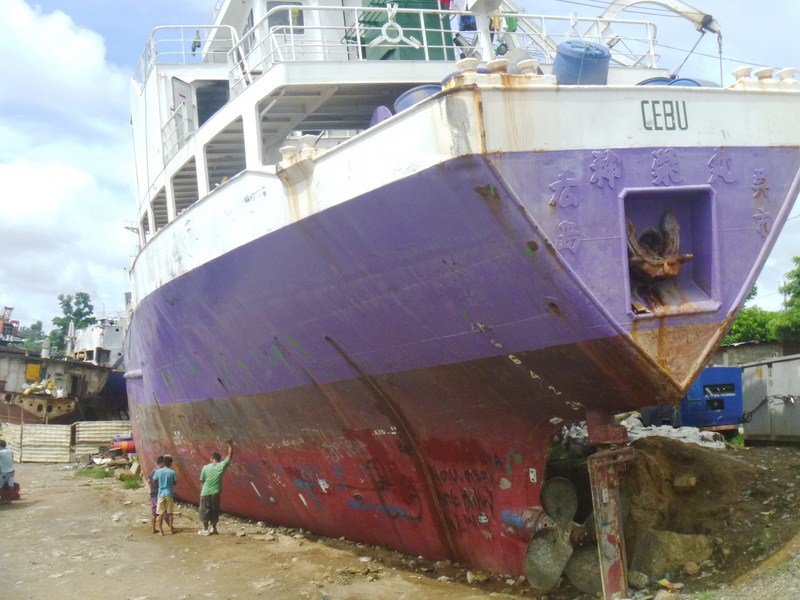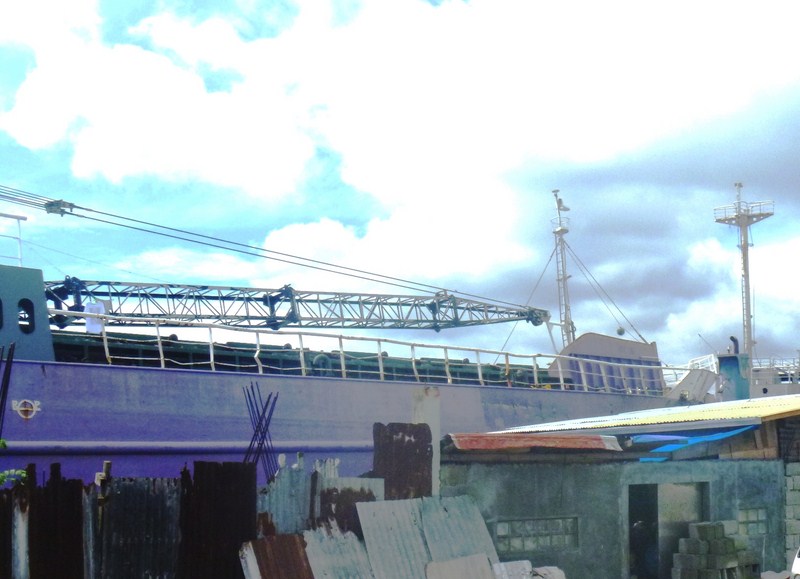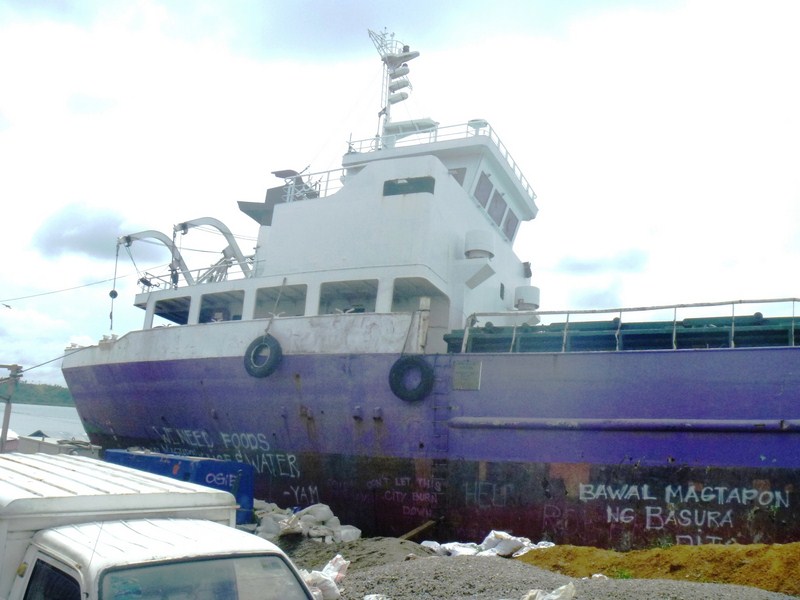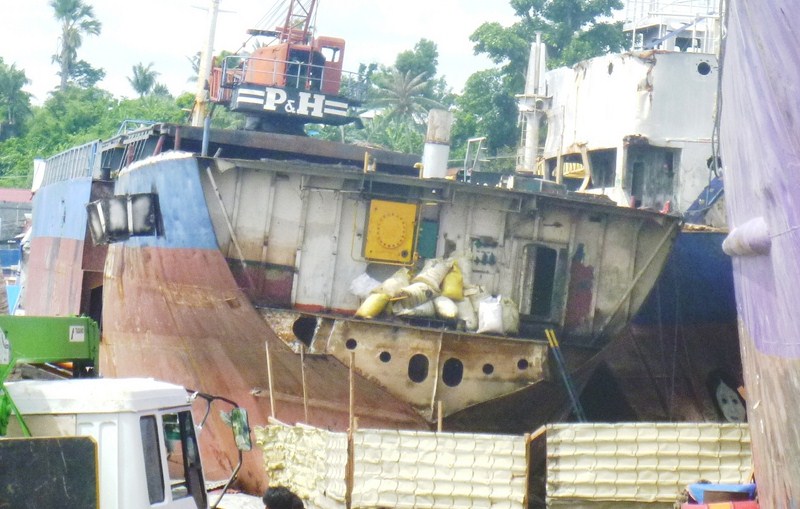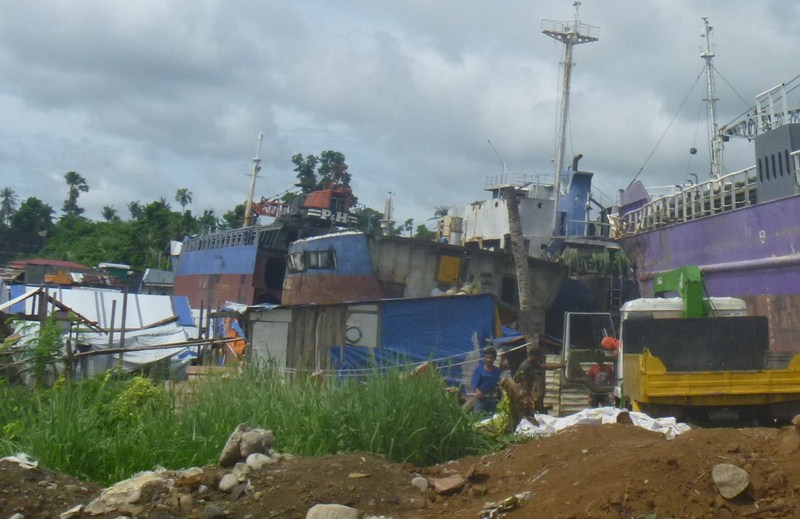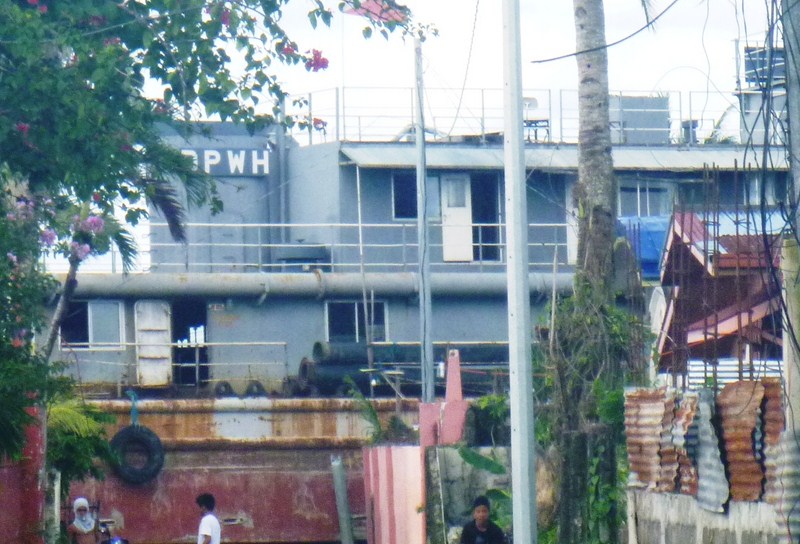Upon landing at Tagbilaran Airport, we were welcomed at the terminal by our local tour guide Mr. Josue Hinay of Travel Village and Tours. Boarding our airconditioned coaster, we proceeded on our scheduled Countryside Tour of Bohol. After a 30-min./10 km. drive northeast of the city, we arrived at the 7.4-hectare Philippine Tarsier and Wildlife Sanctuary.
An arm of the Philippine Tarsier Foundation, Inc. (PTFI), the sanctuary was established in 1996 to protect the tarsier (Tarsius syrichta), Bohol tourism’s mascot. Known locally as mamag, mago, magau, maomag and magatilok-iok, here the tarsiers are allowed to live and reproduce freely in a natural setting.
The tarsiers, formerly hunted down, captured and then sold to local and foreign visitors, were declared to be specially protected faunal species of the Philippines by virtue of Proclamation No. 1030, as declared by former Pres. Fidel V. Ramos on June 23, 1997. A 167-hectare sanctuary has been set up in areas within Corella, Sikatuna and Loboc towns where numerous sightings of the tarsiers have been made within their forested domain. Poaching, killing and even wounding of these tarsiers as well as the destruction of its declared habitat are strictly prohibited.
Alighting from our coaster, we made our way to the Tarsier Research and Development Center which has a visitor’s center complete with a reception and souvenir counter, an exhibition area, an audio-visual room, a mini-cafeteria, toilets, and administration offices. Here, we were assigned a trained volunteer guide who led us through a net enclosure with a 7-ft. high fence (to keep house cats out and the insects in) where 100 tarsiers are kept for feeding, breeding and display.
Here, we saw and observed, up close and personal, three of them in their nature habitat which consists of mature secondary growths of mahogany, teak and ficus trees as well as many varieties of palm, fern, bamboo clumps, tall grass patches, thick bushes and other greenery which grow in profusion. We were allowed to take pictures but were urged to do so quietly and not to handle them so as not to put stress on these nocturnal animals who, during daytime, are asleep.
Back at the Visitors Center, Josue introduced us to Carlito “Lito” Pizarras, the Field Supervisor of the sanctuary. Known as the “Tarsier Man,” Lito once hunted tarsiers for a living, shooting them out of the trees with an air rifle or trapping them for his father, a taxidermist who augmented the family income through the sale of the preserved, stuffed tarsiers which, at that time, went for PhP300. He also caught them alive for collectors, hobbyists and tourists by simply shaking the trees until the tarsiers fell.
Sometime in the 1970s, Lito gave up his air gun, formaldehyde and the other awful tools of his trade, devoting the rest of his life in trying to save this exotic mascot of the Philippines’ receding tropical forests. He has since become an enthusiastic environmentalist and conservationist and, when he noticed their receding numbers, he began keeping several of the tarsiers at the backyard of his residence in Corella, breeding 20 of them successfully. In 1985, he sent 10 live tarsiers to the Chicago Zoo in the United States and, in 1998, he was hired by the foundation, maintaining the net enclosure and serving as a resource person and guide to visitors and researchers at the Research and Development Center. When the UK’s Prince Charles visited Manila on July1997, Lito made a symbolic presentation of a pair of tarsiers to his Royal Highness at Malacañang Palace.
Tarsier Research and Development Center: Km. 14, Brgy. Canapnapan, Corella, 6337 Bohol. Mobile numbers: (0927) 541-2290 (Program Manager). E-mail: joanniemaryc@yahoo.com. Website: www.tarsierfoundation.org.
Travel Village and Tours: Bohol Tropics Resort Club, Graham Ave.,
Tagbilaran City, Bohol. Tel (038) 411-4023 and (038) 501-8078. Fax (038) 411-5928. Website: www.boholtravelvillage.com.

